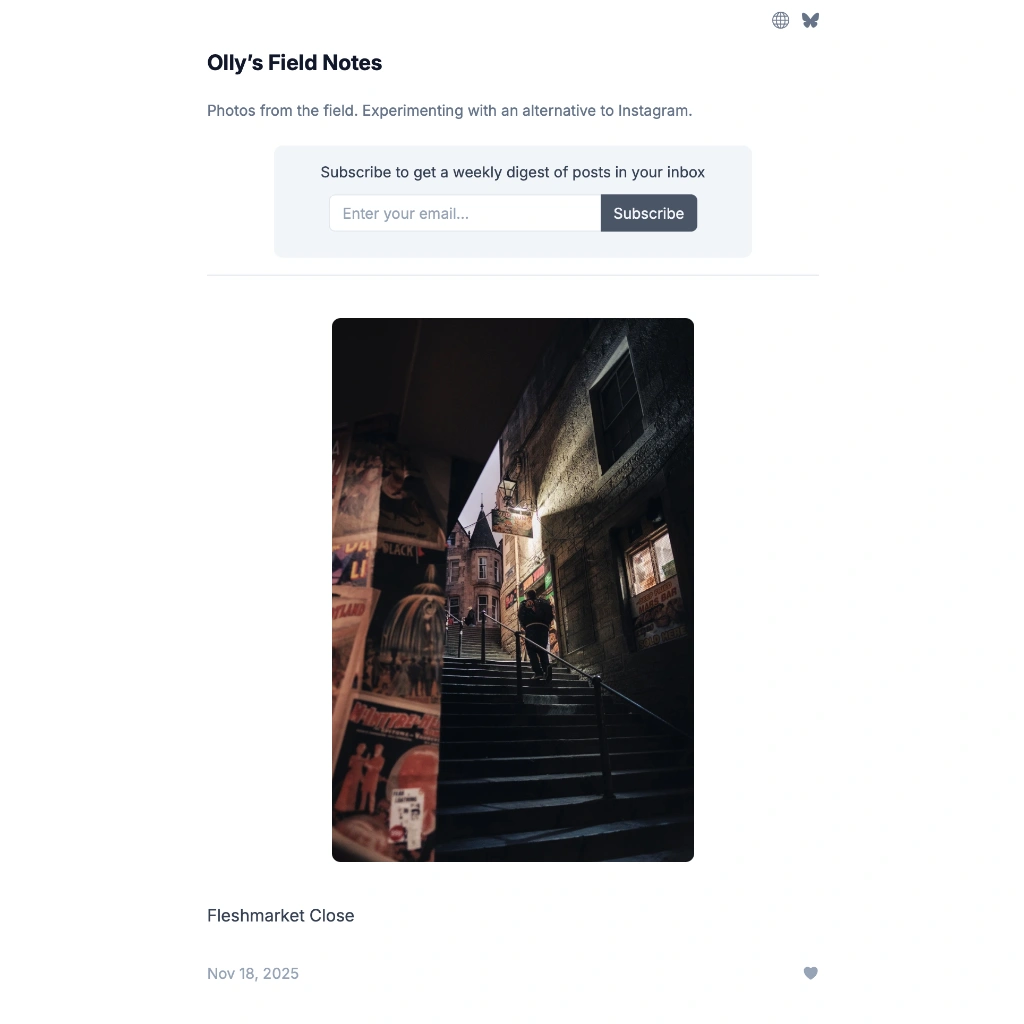Straight Outta Camera

I've been continuing my photography learning quest by working through some books on the subject recently. Some old, some new. Maybe it's just me, but there's a faint hint of superiority for taking photos that are published unedited, straight out of the camera.
I can sort of understand it. There's an unquestionable skill in being able to compose and expose to perfection right there and then. It demonstrates a mastery of the camera, of moving quickly on your feet, of being brave. At the same time, it's not always possible is it? Street photography is as much about impulse as it is composure. Shooting from the hip, catching an elusive moment mid-flight. There often isn't time to think so if your lens or your camera can't move quickly enough, you have to take what you can get.
If I find a scene and have time to wait for the decisive moment, I'll move around, fiddle with the aperture and exposure, play around until the composition feels just right. Of course! Most often though, I'm moving quickly and snapping. I'll probably be using the screen at an awkward angle rather than the viewfinder. The light might not be quite right, but good enough. The moment is what's important, not photographic perfection.
I'll take that.
Fuji out-of-camera JPEGs are very highly regarded, and rightly so, but I find it's rare that they're good enough for me. This could be because of all the above reasons, or I could well be just doing it wrong. I shoot in RAW + JPEG a lot of the time, but it's the RAW and the edit that I always reach for in the end.
I thought it would be interesting (embarrassing?) to look at some of my recent shots straight out of the camera vs the final edit. Turns out it's quite rare that (a) I actually have the camera oriented correctly (always some level of wonky), (b) that I nail my exposure. If I was a film photographer I'd probably be absolutely terrible and would have given up years ago.
Does this make me a lesser photographer? Perhaps, technically, but I don't actually mind because I have the magic of Lightroom. Is this cheating? Nope! It's just another tool in the toolbox. In fact it's no different to those film-toting pioneers using the darkroom to crop, dodge and burn back in the day. It's just cheaper and more eco-friendly now.
Exhibit A

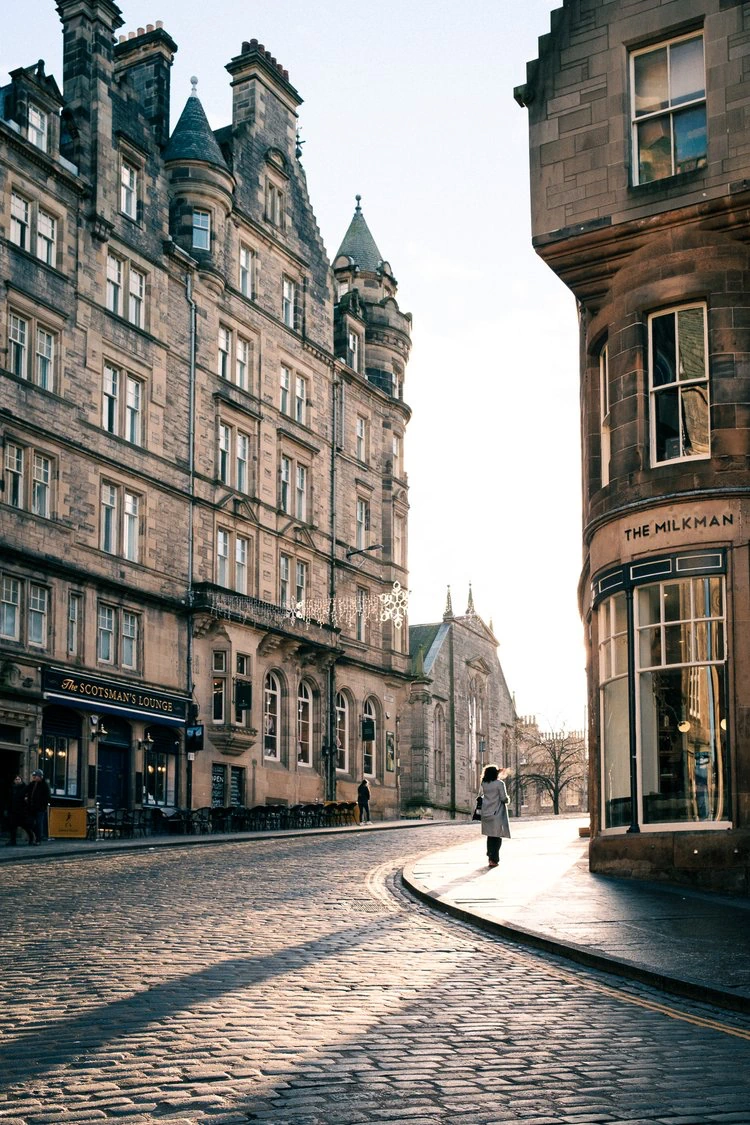
I really like this image but I'll be the first to admit the original is pretty bad. The orientation is a disaster, I'm not quite sure what I was doing or thinking. I remember shooting this using the back screen which seems to be something I'm terrible at. The exposure isn't too bad given the high contrast of the scene. I find my Fuji cameras have a tendency to overexpose when using multi mode, so I tend to stop down by 1/3 which is why the original looks a little dark.
To get to the final image I obviously straightened it, but I also applied auto geometry because I really like the result (especially when shooting at 35mm). I then brought up the exposure a little, and the shadows, and intentionally blew the highlights to get a more dramatic effect with the light. I increased the warmth and that was it. Not a major edit really, but it was certainly needed given the state of the original.
Exhibit B
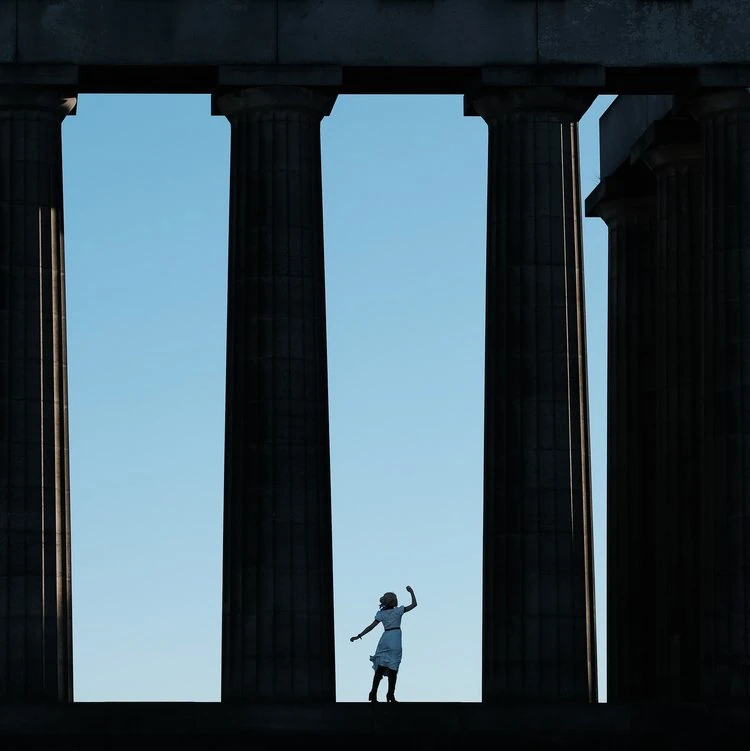
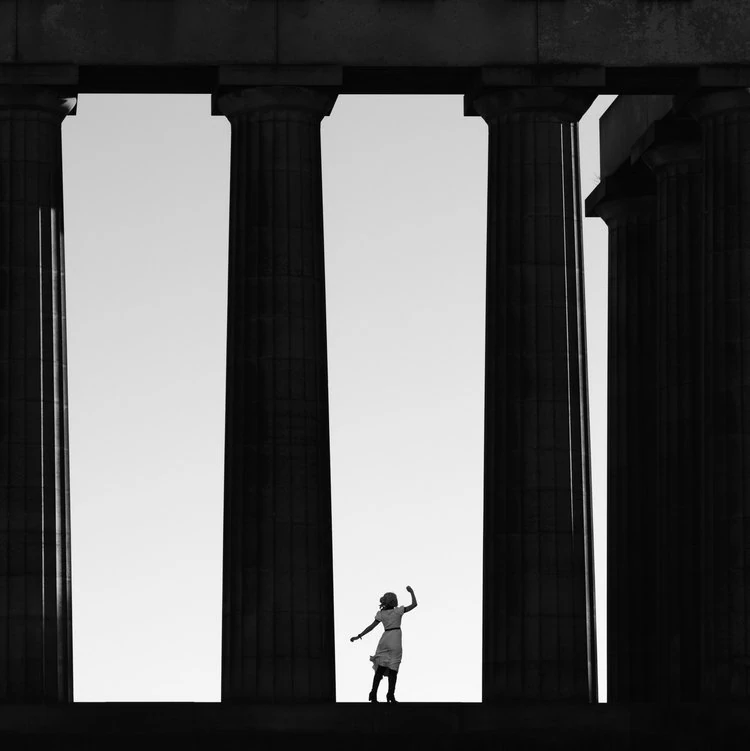
This is an interesting one. The original JPEG is pretty good. I cropped the image (I didn't shoot as a square) but I really like the exposure and tone here. It's using Classic Chrome and is stopped down by -1/3. I debated just keeping the colour version, but it didn't feel punchy enough so I applied the Acros film simulation which I love. In this case, straight outta camera was on the money, although I still went with the edit.
Exhibit C
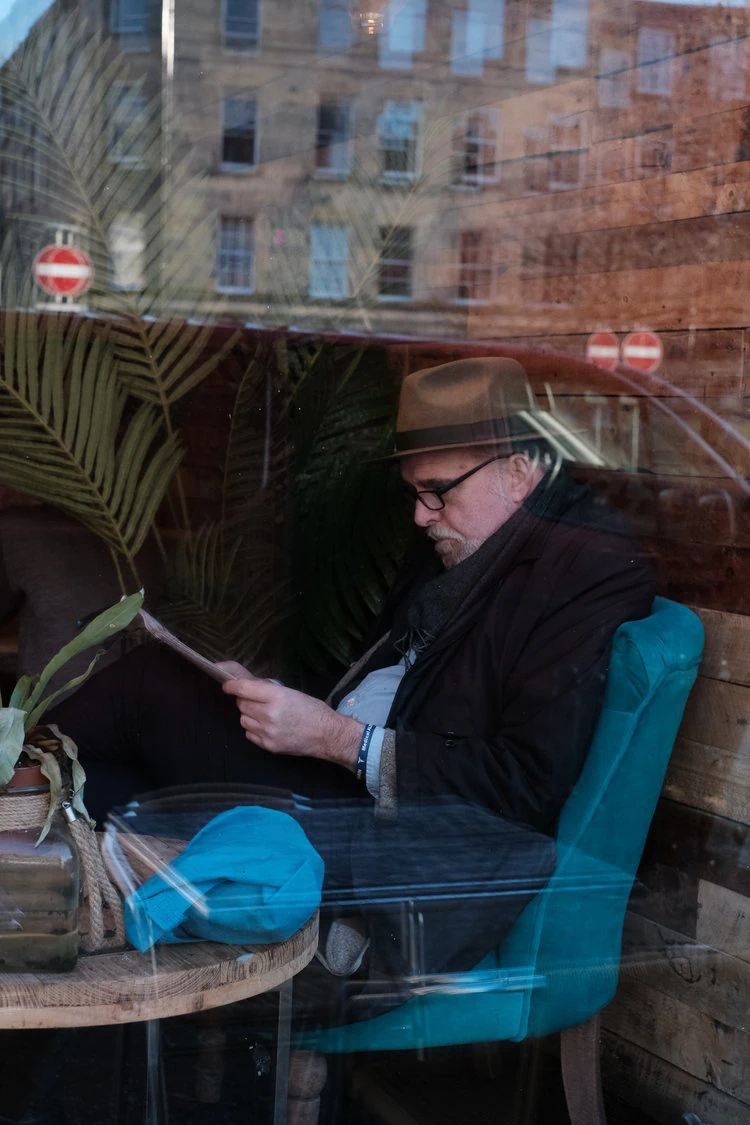
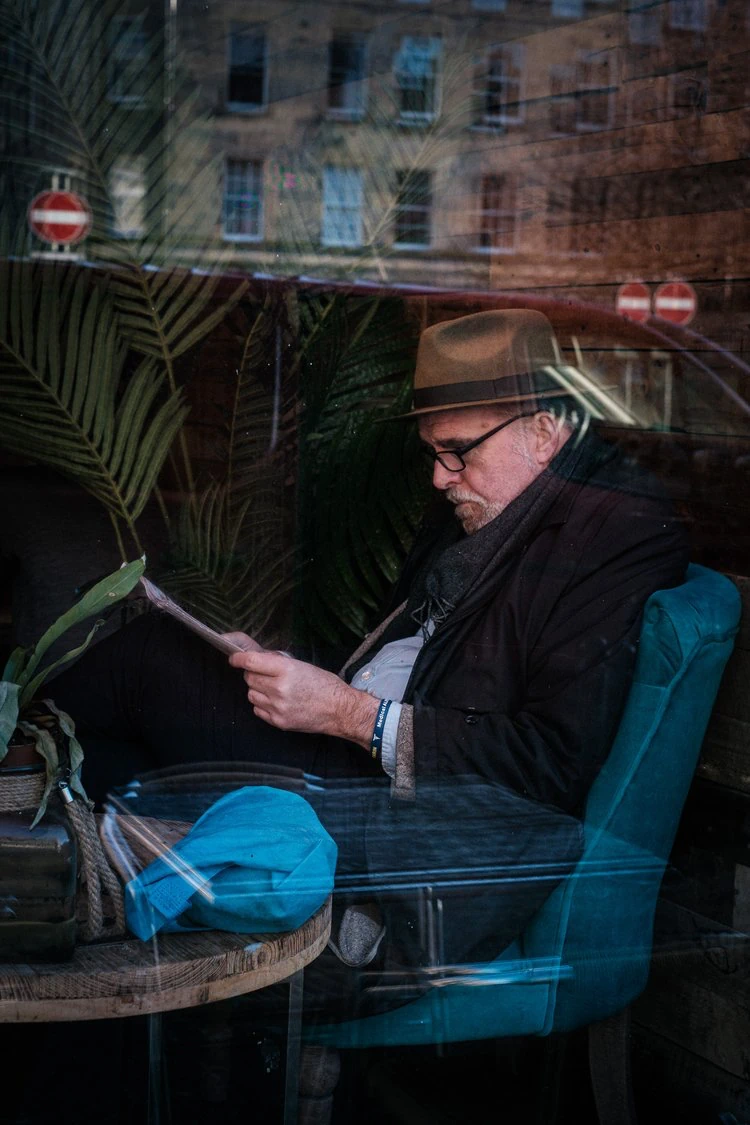
I was pretty pleased with this one when I took it and the straight out of camera was almost spot on. I'd have been happy to leave it, but of course I can't help myself so did a light edit. A little crop, a tone curve adjustment to increase contrast and a bit of vignette to focus the viewer on the subject. I'm not sure it makes it that much better really, I'd be happy either way.
Exhibit D
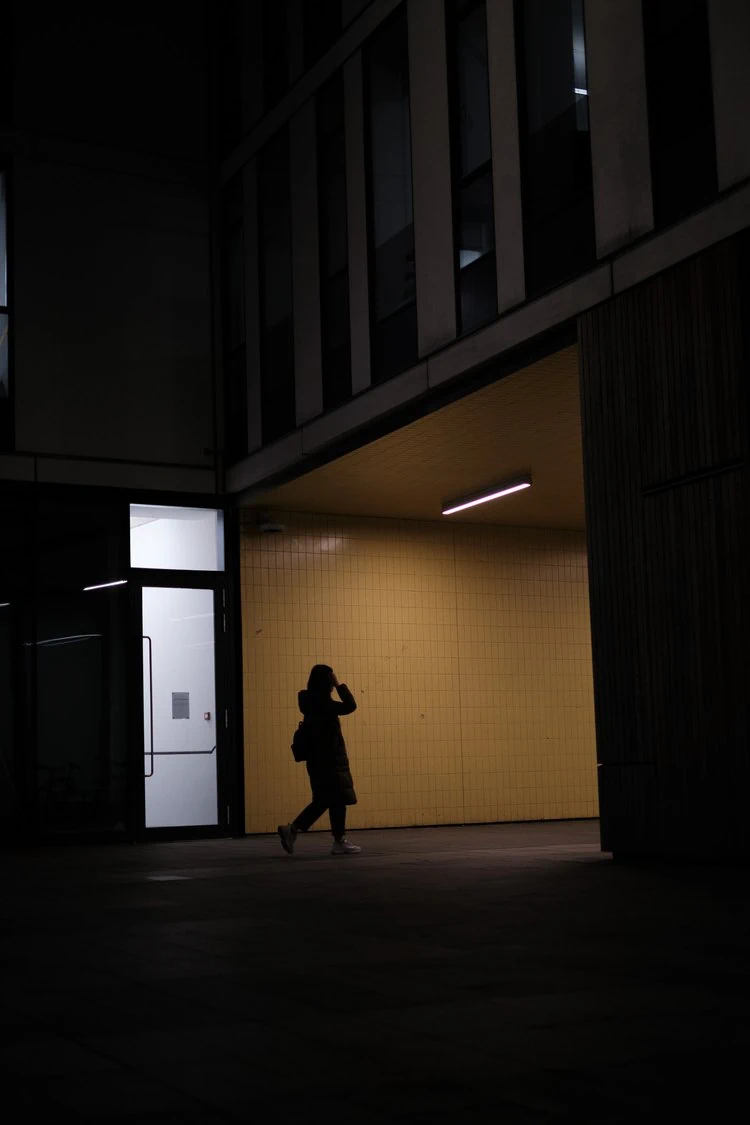
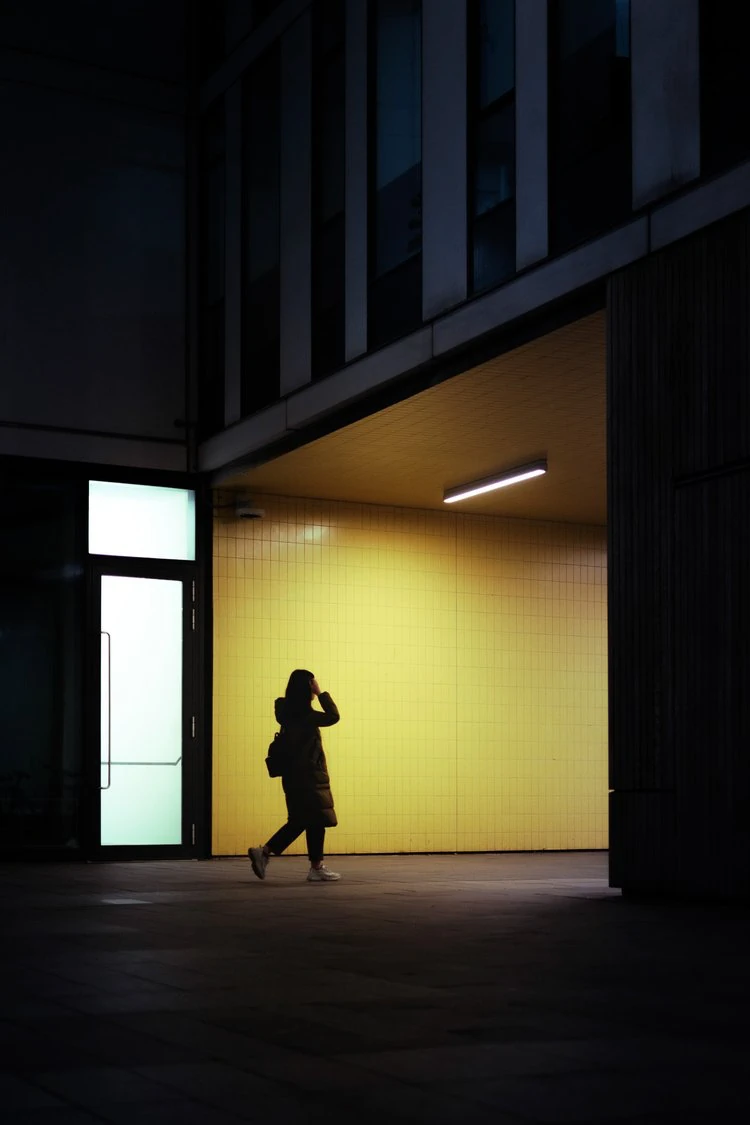
I knew what sort of photo I wanted when I took this, and I had plenty of time to frame it since it was sat down on a bench, but the out of camera JPEG is a horror show. I was using the back screen with the camera resting on my lap, yet I still managed to botch the orientation. It's also underexposed too much, but this was actually intentional. I know that I can pull up those shadows in post-processing, whereas if I blow the highlights there's no coming back from that.
Fortunately, I'd left plenty of space around the frame to account for the inevitable cropping so once I'd straightened it up, it was a relatively simple edit. Some tone curve adjustment and I brought up the highlights and whites to give it some life, then a little bit of colour adjustment. Despite the JPEG being flat, I knew I'd be able to bring it to life.
I like minimalism so things like street furniture and posters bother me more than they probably should. In this case, I decided to use the removal tool in Lightroom to clean up the yellow tiles a little and remove the annoying posters on the window. Did you spot the difference initially? It wasn't strictly necessary but for me it makes the final image more satisfying.
Where does this end?
Given my skills, I'll be shooting in RAW for the foreseeable but I will capture the JPEGs as well, just in case. I love the Fujifilm colour science and most of my photos will use one of their film simulations, just applied in Lightroom on the RAW. I favour Classic Chrome most of the time, but I also love a bit of Classic Neg and Acros.
I've made the argument that post-processing is normal, not cheating, just an evolution of the darkroom for the digital age. So what about the next evolution?
That evolution is already here and it's called AI. Tools like Luminar Neo can do amazing things, sky replacement being an impressive one. I'm not opposed to this at all, but then I'm not dogmatic about any of this stuff. I don't think I'll use Luminar because the old schooler in me prefers to capture things as they were (despite tweaking light and colour a bit and, ok, object removal), rather than as they could be in a perfect world, but maybe I'll change? Does it really matter?
Beyond these traditional editing tools sprinkled with AI, we now have full-on image generators like DALL-E. These tools are technically incredible, no doubt, but how do they fit into photography? I think we'll see people only using these tools and calling themselves "AI photographer" at some point. These people will have mastered prompting to produce unique art, and it will look great, but it will be a niche.
The most interesting application of this is what will be possible with a hybrid approach, where you feed the AI an existing photograph and ask it to "remove the bins, make the lighting more dramatic and put a hat on the subject so it looks like something out of a film." I'm actually pretty excited by that, and there's a strong likelihood that this is already possible. It will feel more like cheating than the editing process I've described above, but that's probably just the shock of the new and it will eventually become normalised.
Only time will tell, but we do know that the only constant is change.
Create a Photo Journal with Pagecord
Pagecord is a beautiful, independent blogging platform, perfect for photographers. Create a photo blog on your own domain for only $29/year. Private, no ads, no algorithm - just your photography.
